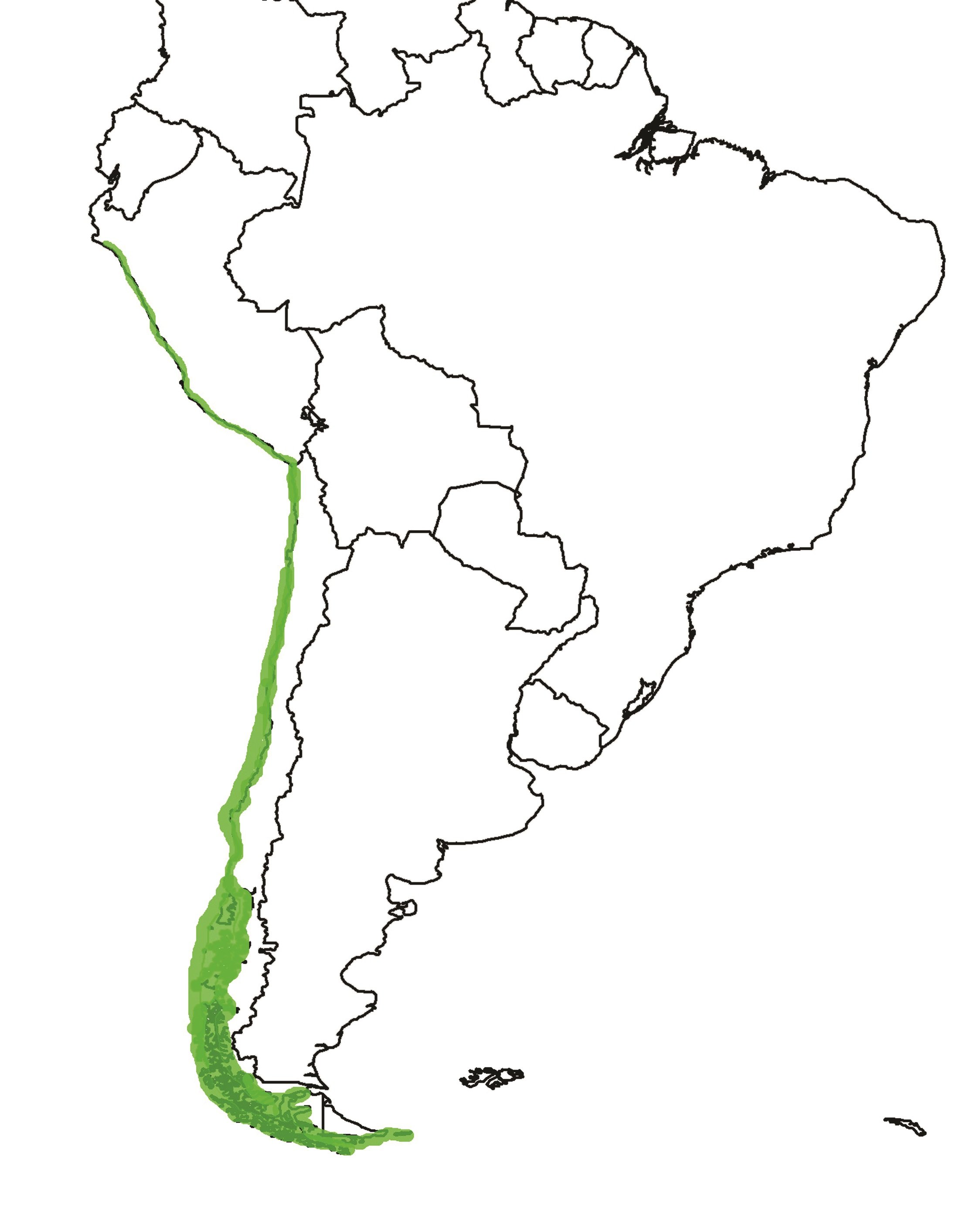Marine Otter (Lontra felina)

© Michael Weymann
QUICK GUIDE
SIZE - 0.87–1.15 metres
WEIGHT - 5kg
DIET - Rock fish 30%, Crustaceans 40%, Molluscs 20% and other 10%.
GESTATION - 9 weeks
OFFSPRING - Normally 2 but has been seen to be 4/5 cubs in the Magallanes area.
THREAT TO SPECIES - Illegal poaching for furs and pelts, habitat destruction.
CONSERVATION STATUS - Endangered
The scientific name for this otter is Lontra felina, which when translated means “otter cat”, and from this, and also the Spanish name of “gato marino”, Marine Otters are often referred to as “Sea Cats”. Marine Otters are one of the lesser known species, due to how rare they are. They are found on the western and southern coasts of South America, with recorded sightings in the surrounding islands and southern Argentina. They have small isolated populations in Peru, and are classed as endangered in Chile, as well as being on the IUCN Red List.
© Cristian Sepulveda C.
Marine Otters are extremely small, growing to just over 1m long at their biggest, and weighing up to 5kg. A “protective shell” layer of fur that only the Marine Otter has means that unlike other species, they do not need to seek fresh water to wash off the salt picked up in coastal waters. This is also thought to give them an added layer of protection from the rocky shores as they seek food in rough conditions. A spiky look can often be seen in photos of these little otters, and this is due to the rigid nature of this outer “shell”. They are thought to breed in the South American summer, having been observed mating from December through January, with cubs born 2/3 months later. Litter sizes of 2 are common; however larger litter sizes, even up to 5 cubs, have been recorded!
© Jose Luis Bartheld
The Marine Otter’s diet consists of various animals found in the water. Crustaceans, molluscs and fish make up the bulk of the menu, most of which come from the sea. Although completely set up for searching for food off the coast, reports of Marine Otters swimming into rivers to search for freshwater prawns have also been recorded.
© Jorge Valenzuela
Having previously been hunted to near extinction for their furs, Marine Otters have become extremely rare. Their biggest threat in modern times, as with many other animals, is habitat destruction and water pollution by humans. Unfortunately, despite now being protected, illegal poaching for the domestic market is still an issue for these otters.




